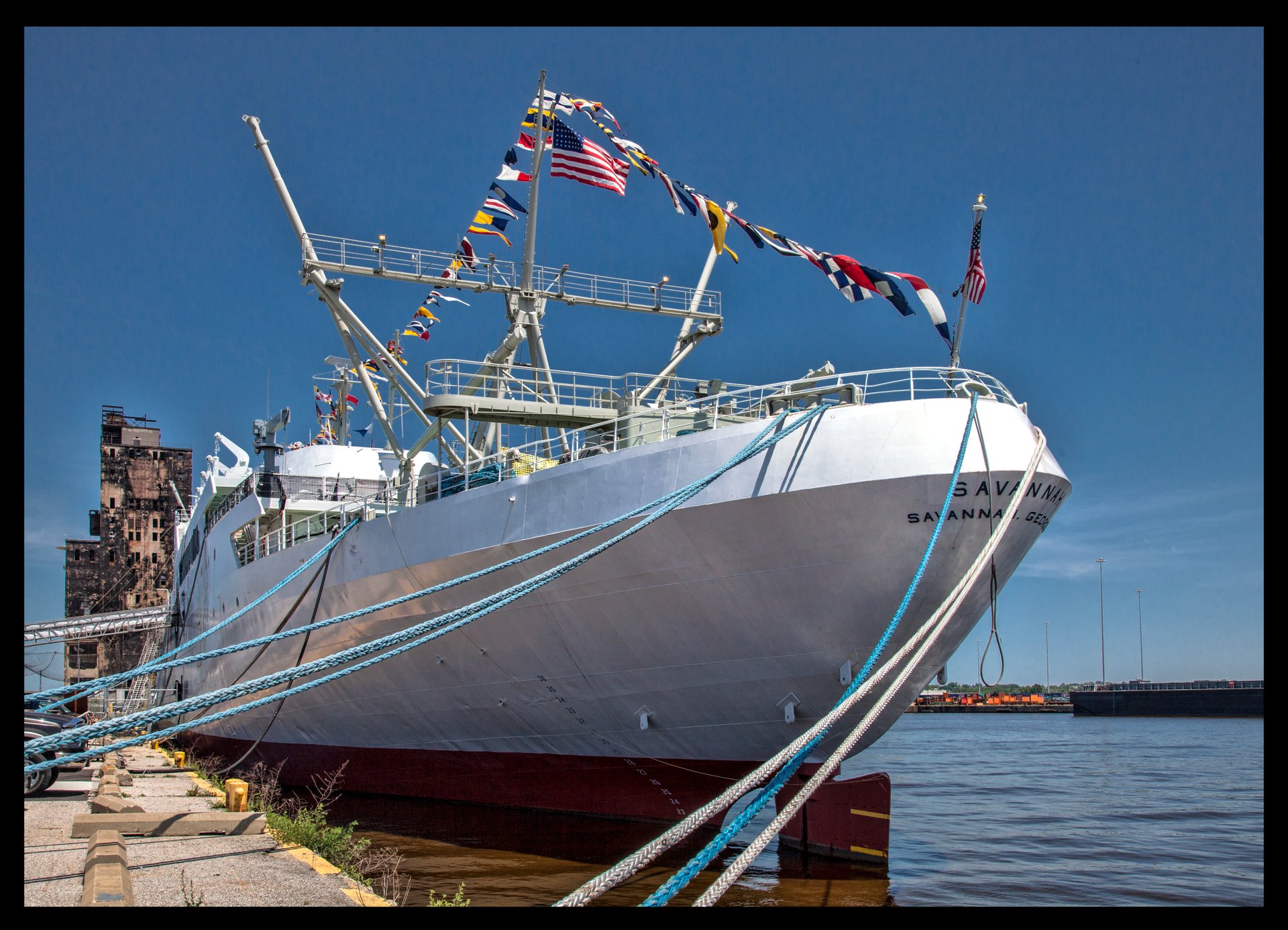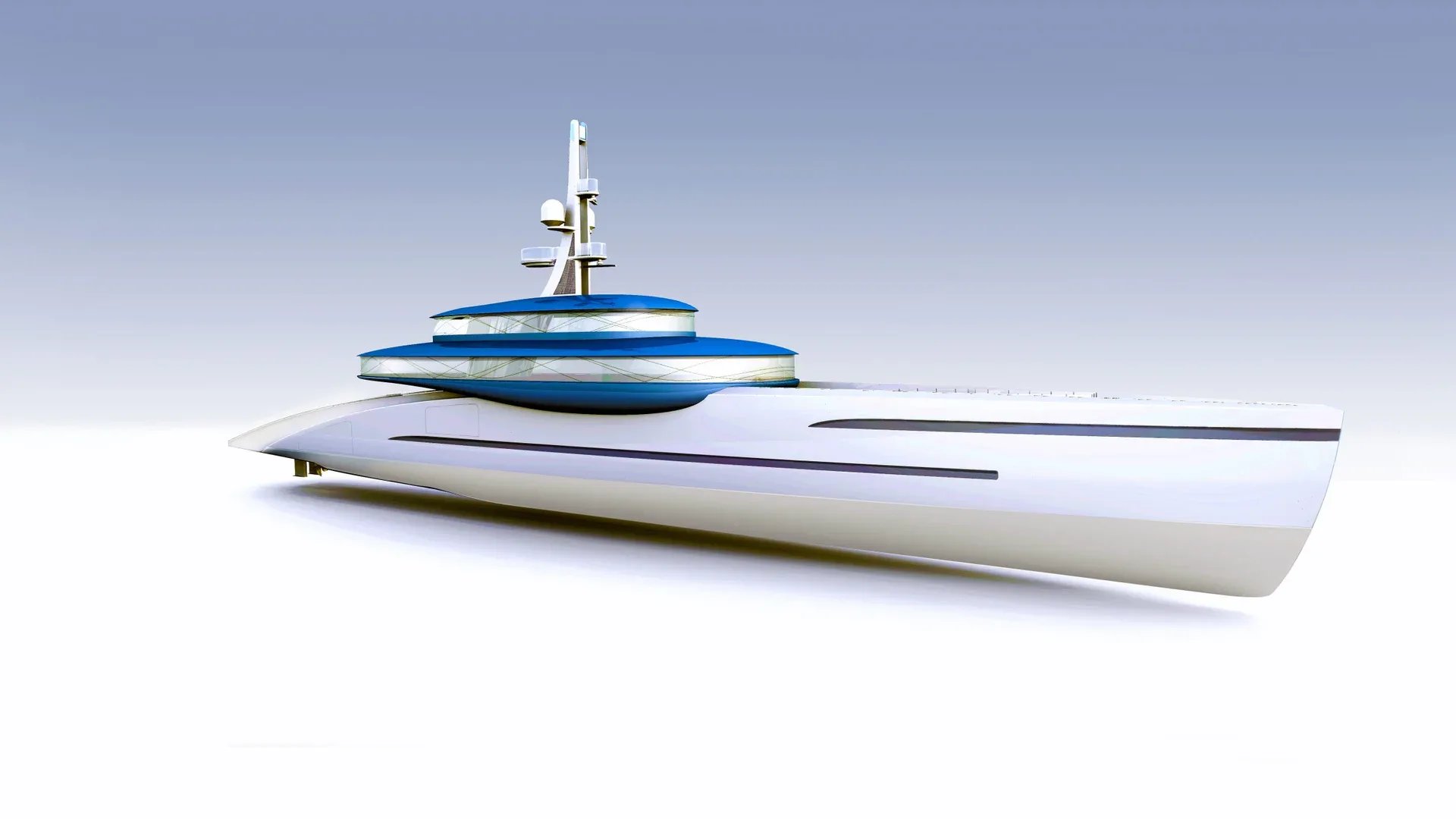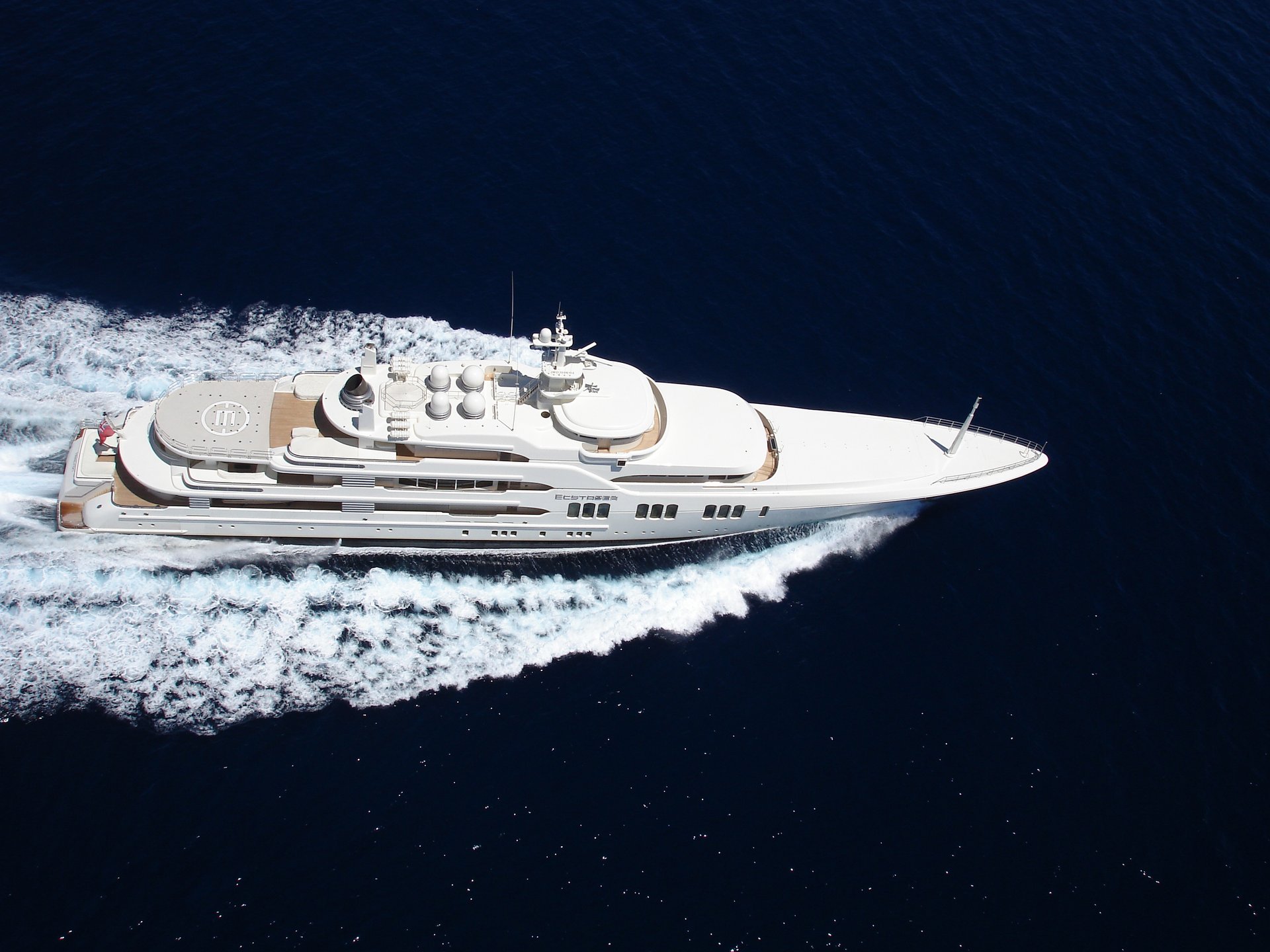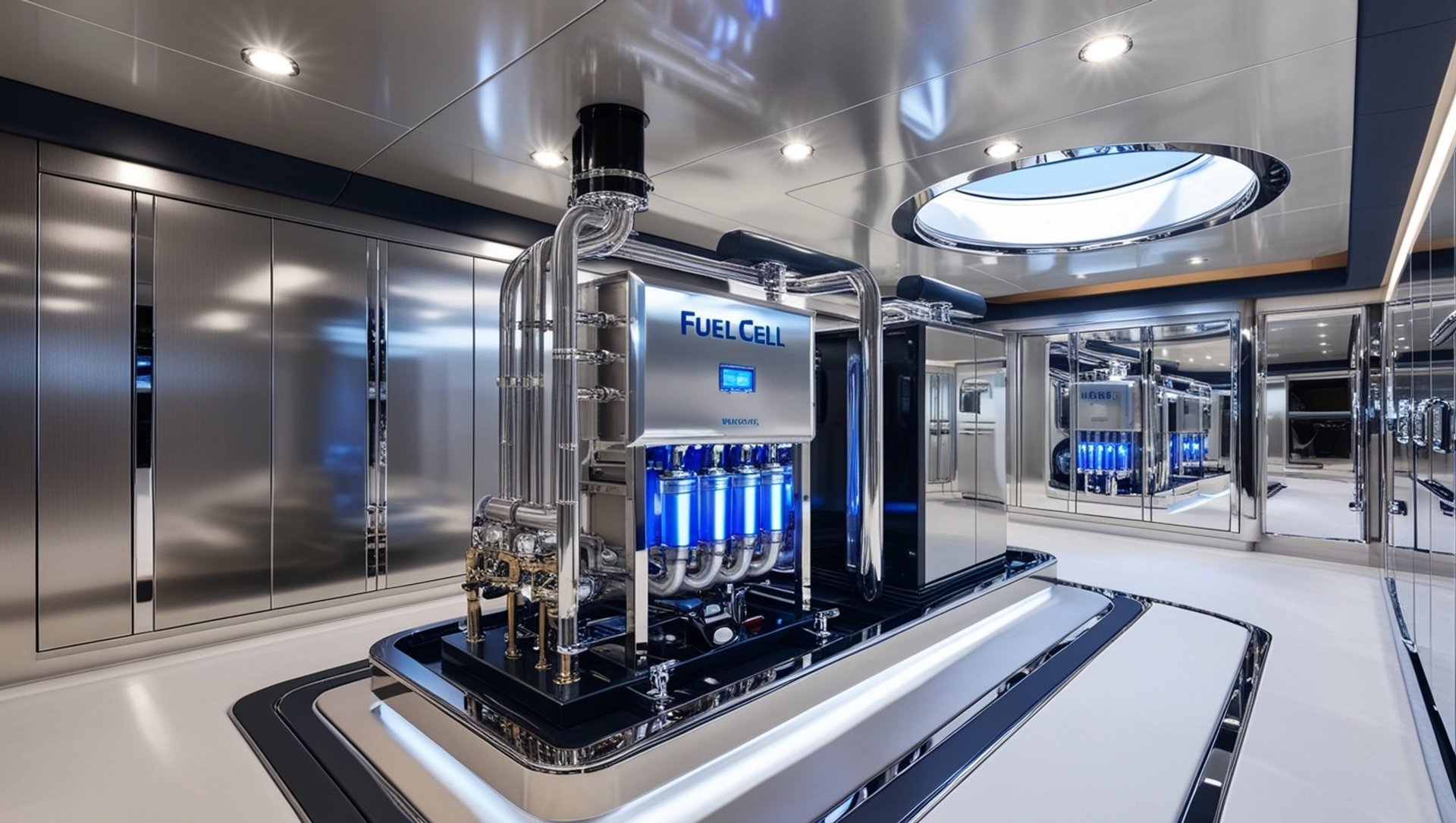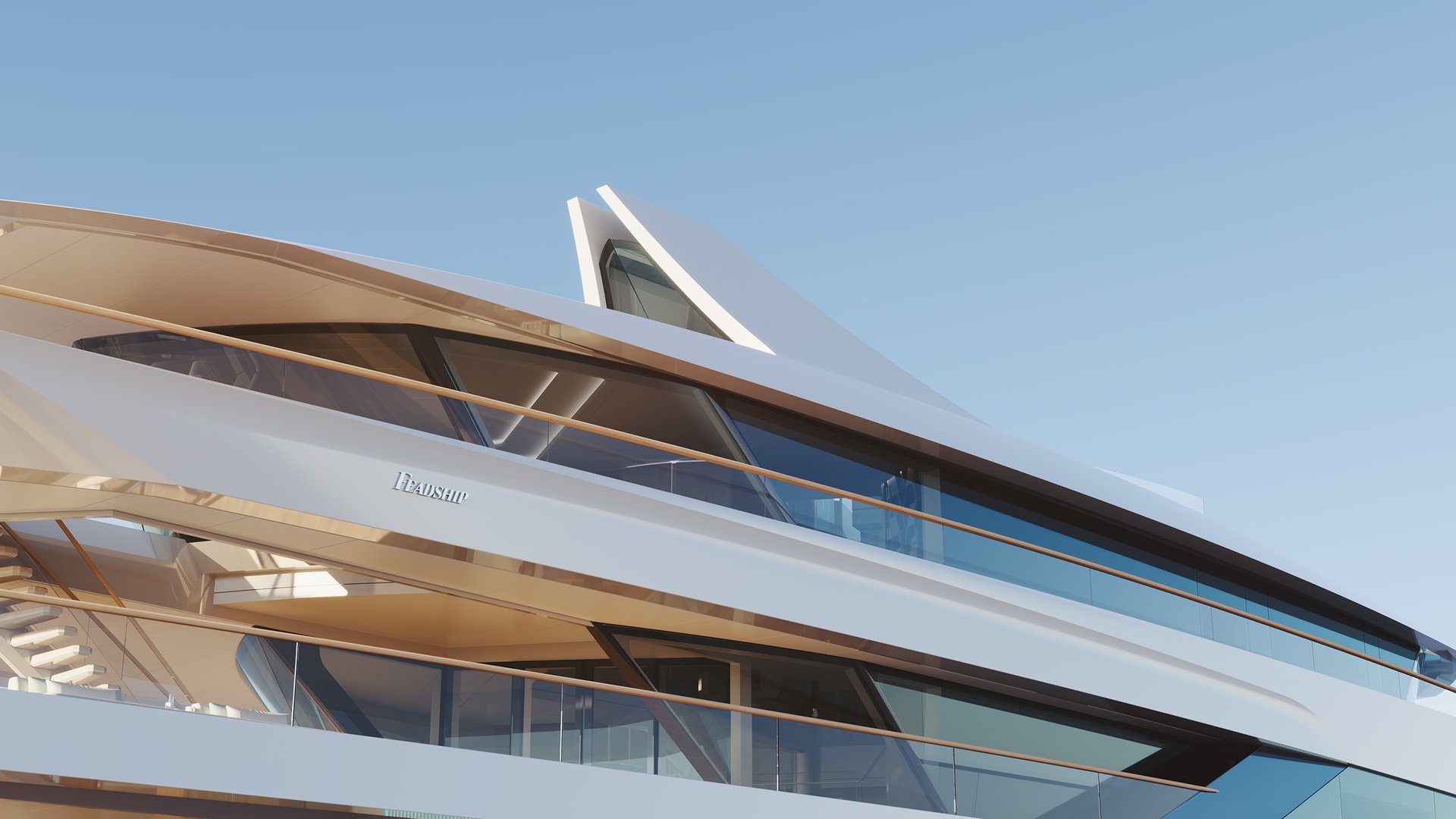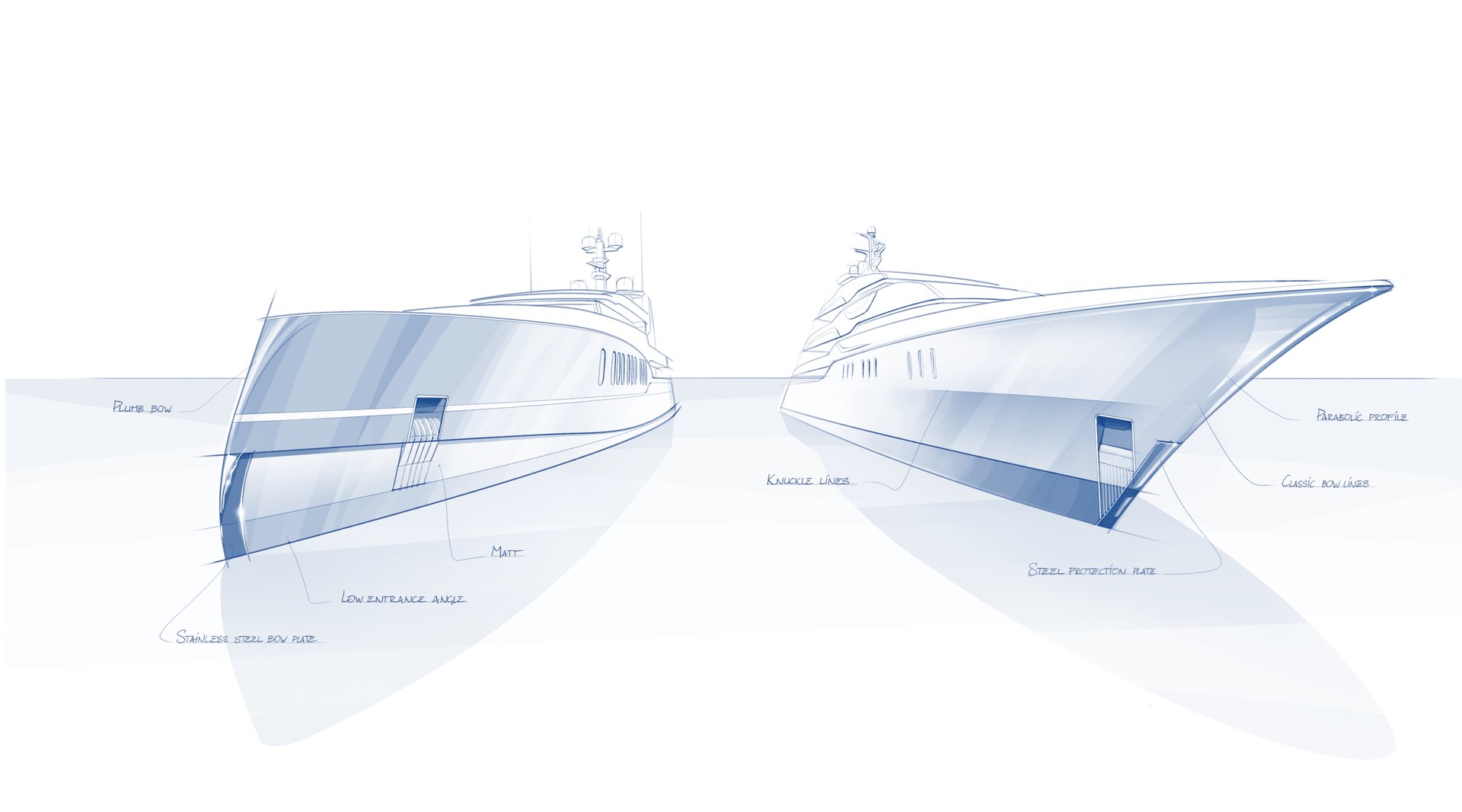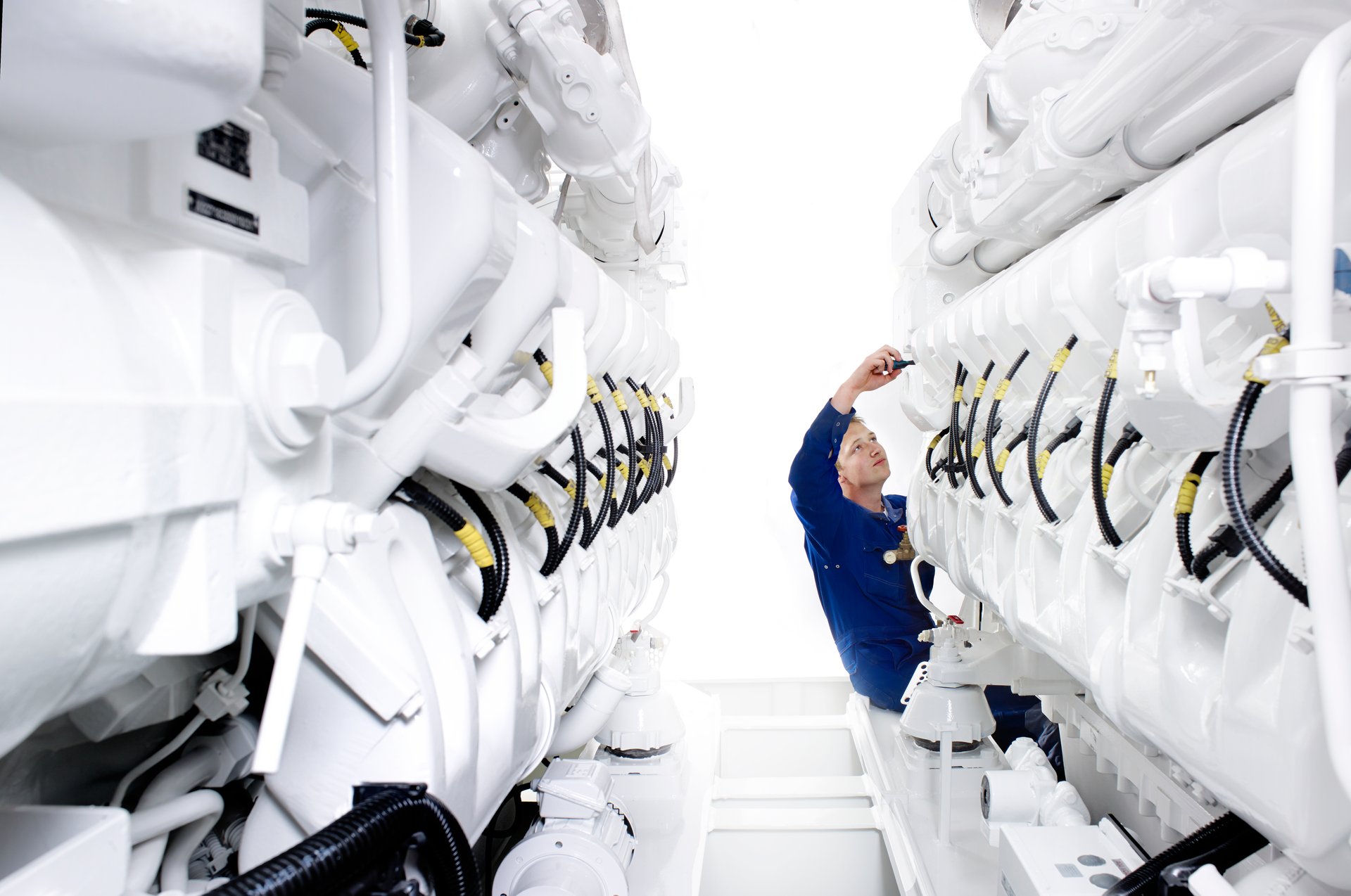Combating climate change and reducing carbon emissions has launched alternative fuels into the spotlight, paving the way for a new generation of vessels powered by non-fossil fuels. But one zero-carbon solution is popping up more often lately: nuclear energy.
“In 2012 we already looked into nuclear energy for our concept design Relativity and concluded that, technically speaking, a nuclear fission reactor design could be made, customised to fit the available space on a yacht and dimensioned to allow for all operating conditions,” says Bram Jongepier, Senior Specialist Feadship De Voogt Naval Architects.
The reactor envisaged in the Relativity concept was of a high-temperature, low-pressure molten salt type, using Thorium as fuel or (better) using spent fuel from the current generation of reactors. The heat output from the reactor would be converted to mechanical power using high efficiency, closed-cycle Helium gas turbines to drive the generators. However, the technology was not readily available, and issues such as lack of insurance and port access were deemed too problematic. Last year, Feadship picked up the thread again with a study headed up by Feadship product engineer Ernesto La Colla between the Feadship R&D department and Delft University.
“We’re exposed to natural and human-made radiation on a daily basis from sources such as cosmic rays and x-ray machines,” La Colla points out. “Even bananas and Brazil nuts contain natural radioactive substances that emit tiny doses of radiation. It’s the dose of radiation that counts.”
The study identified that a 4th generation Micro Modular Reactor (MMR) using a uranium, carbon and oxygen fuel kernel (i.e. TRISO fuel) might be the best fit for the load profile of a superyacht. A fraction of the size of a conventional nuclear reactor, MMRs can be factory-assembled and transported as a unit for installation. Based on a vast literature review, however, the study (due to be presented during the November 2024 HISWA symposium) underlined the very significant impact of the shielding material. It also compared the use of onboard nuclear power systems to shore based nuclear power systems energizing the production of e-fuels.
Calculations by La Colla based on the distance from the reactor and time spent on board a conceptual nuclear superyacht were based on a limit of 1mSv per year, similar to radiation limits for the general public (mSv is a unit of measurement that represents the health risk). To remain below the safe radiation threshold, however, heavy concreate and lead shielding is required to contain the gamma rays and neutrons, which adds considerable weight. Depending on the size and power of the reactor, the whole installation may double the weight of a yacht.
Other barriers include the lack of maritime legislation, insurance policies and flag state rules governing privately owned and operated nuclear power systems. The maritime domain is aware of these drawbacks and initial steps are being taken with international collaborative initiatives. The technology is advancing and becoming safer at the same time and nuclear power for ships might be viable in future, for floating energy production platforms or for high-powered bulk/container vessels that almost constantly use close to their maximum power, but a nuclear Feadship is still a very distant prospect.
A more realistic role for nuclear power in shipping and yachting, as quantified by La Colla, would be to make green hydrogen or methanol in installations either onshore or close to shore for use as carbon-free fuels. This view aligns with Feadship’s current thinking, as outlined by Ronno Schouten (Senior Specialist Feadship De Voogt Naval Architects) in the Alternative Fuels conference during the 2024 Monaco Energy Boat Challenge July 2024:
“Yes, a nuclear-powered yacht will be technically feasible sometime in the future, but why integrate an MMR with an average onboard load of about 10%, when you can put it to better use onshore making green fuel like methanol for multiple yachts at maximum power?”
Feadship has set itself the target of being net-zero CO2 by 2030 and nuclear power will definitely not be available in that timescale. The industry is already battling with the slow uptake of HVO (there are still many senior crew that are unfamiliar with this drop-in diesel replacement that can save up to 90% in CO2 emissions), and the technical and regulatory challenges of dual-fuel and methanol power installations. For this reason, Feadship is focusing its efforts on informing prospective owners, crew and the wider industry on realistic solutions for today and the near future.
The Savannah Story
NS Savannah, the first nuclear-powered merchant ship, was launched on 21 July, 1959, and is today a registered National Historic Landmark. Funded and owned by the US government as a demonstration of the technical feasibility of nuclear propulsion, she was built by the New York Shipbuilding Corporation at Camden, New Jersey, at a cost of nearly $47 million (her nuclear reactor and fuel core of low-enriched uranium made up over half the cost). The vessel was named after SS Savannah, the first steamship to cross the Atlantic Ocean in 1819. Almost two centuries later Feadship launched her namesake, 83.50-metre Savannah, one of the first hybrid motoryachts with an eco-friendly blend of single diesel engine, three gensets, batteries, propeller, azimuthing thruster and a streamlined hull shape.
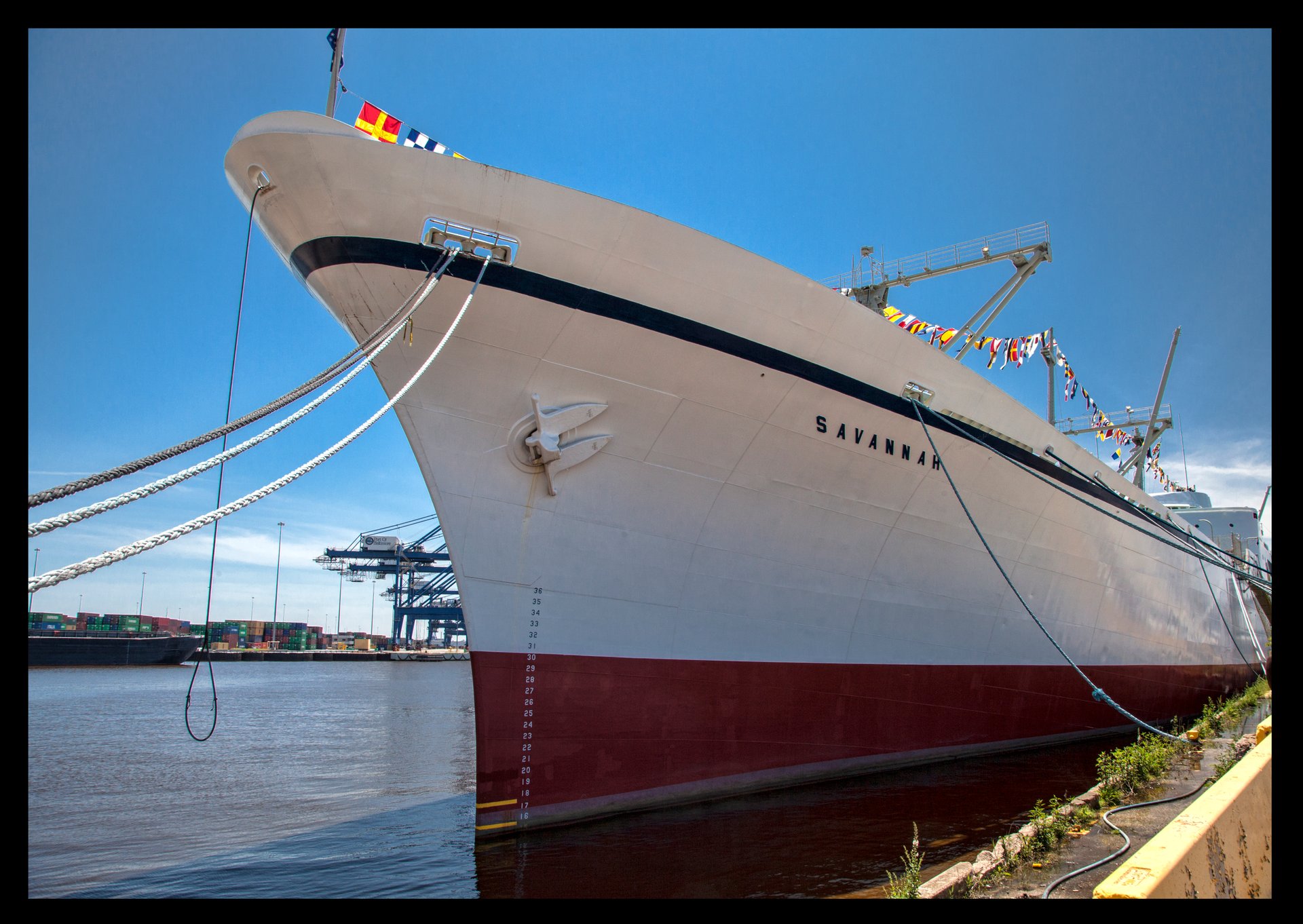

NS Savannah entered service in 1962 as one of only four nuclear-powered cargo ships ever built. As a demonstration vessel she was designed to serve both as a cargo and passenger vessel and therefore had luxury features like thirty air-conditioned ensuite staterooms, dining facilities for hundred passengers, a lounge that could be converted into a movie theatre, a swimming pool, veranda and library. Although she performed well at sea and emitted no exhaust smoke, she was taken out of service in 1971 due to very high operating costs, low commercial value, limited port access and public concerns about safety.
